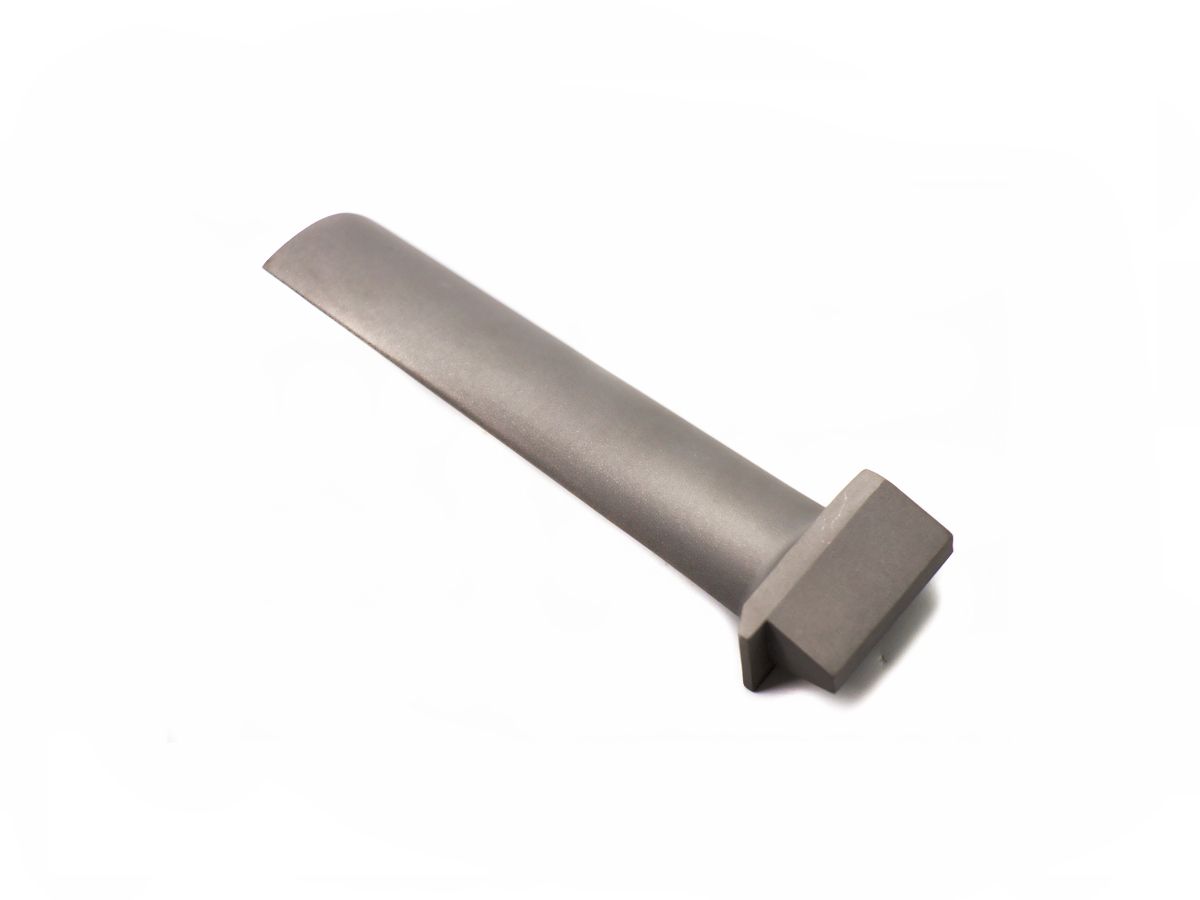Superalloy CNC Machining for High-Precision Aerospace Components
Introduction to Superalloy CNC Machining for Aerospace Components
Aerospace components must withstand extreme conditions, including high pressures, temperatures, and mechanical stresses. Superalloys—materials designed to perform under such extreme conditions—are critical to meet these demands. Superalloy CNC machining plays a pivotal role in the manufacturing of aerospace components such as turbine blades, engine casings, and other high-performance parts. Superalloys like Inconel, Hastelloy, and Monel offer exceptional strength, oxidation resistance, and thermal stability, making them ideal for aerospace applications.
CNC machining of superalloys ensures precise, durable, and reliable parts that meet the stringent standards required for aerospace engineering. These materials allow for the production of complex, high-precision components necessary for modern aircraft and spacecraft's safe and efficient operation.
Material Performance Comparison for Superalloy Parts in Aerospace Applications
Material | Tensile Strength (MPa) | Thermal Conductivity (W/m·K) | Machinability | Corrosion Resistance | Typical Applications | Advantages |
|---|---|---|---|---|---|---|
1030 | 11.2 | Poor | Excellent (>1000 hrs ASTM B117) | Turbine blades, engine components | Excellent high-temperature strength, fatigue resistance | |
860 | 10.9 | Moderate | Excellent (>1000 hrs ASTM B117) | Aerospace engines, chemical processing | Outstanding corrosion resistance, high strength | |
550-750 | 20.4 | Moderate | Good (>500 hrs ASTM B117) | Marine applications, heat exchangers | Excellent corrosion resistance, good mechanical properties | |
930 | 9.8 | Poor | Excellent (>1000 hrs ASTM B117) | Aerospace, chemical processing | Superior fatigue and thermal-fatigue strength |
Material Selection Strategy for Superalloy Parts in Aerospace Applications
Inconel 718 is a high-performance nickel-based superalloy known for maintaining strength and structural integrity at temperatures up to 700°C. With a tensile strength of 1030 MPa, it is commonly used in the manufacturing of turbine blades and engine components, where high temperatures and fatigue resistance are critical.
Hastelloy C-276 is another nickel-based superalloy with excellent corrosion resistance, making it ideal for aerospace applications exposed to aggressive environments. It offers a tensile strength of 860 MPa and is commonly used in aerospace engine components, where both high strength and resistance to oxidation and corrosion are required.
Monel 400 is a copper-nickel alloy with excellent corrosion resistance, especially in seawater and acidic environments. With a tensile strength range of 550-750 MPa, it is often used in marine and aerospace applications where parts are exposed to harsh chemical environments, such as heat exchangers and propulsion systems.
Inconel 625 is a highly durable superalloy used in high-temperature environments. With a tensile strength of 930 MPa, it offers superior fatigue and thermal fatigue strength, making it ideal for aerospace applications, including structural components that experience high mechanical stress and thermal cycling.
CNC Machining Processes for Superalloy Parts in Aerospace Applications
CNC Machining Process | Dimensional Accuracy (mm) | Surface Roughness (Ra μm) | Typical Applications | Key Advantages |
|---|---|---|---|---|
±0.005 | 0.2-0.8 | Turbine blades, engine casings | Complex geometries, high precision | |
±0.005-0.01 | 0.4-1.2 | Engine shafts, casings | Excellent rotational accuracy | |
±0.01-0.02 | 0.8-1.6 | Mounting holes, attachment points | Accurate hole placement | |
±0.002-0.005 | 0.1-0.4 | Surface-sensitive components | Superior surface smoothness |
CNC Process Selection Strategy for Superalloy Parts
5-Axis CNC Milling is ideal for machining complex superalloy components such as turbine blades and engine casings. With precise tolerances (±0.005 mm) and excellent surface finishes (Ra ≤0.8 µm), this process ensures the intricate geometries needed for high-performance aerospace components.
CNC Turning provides precise rotational accuracy (±0.005 mm) for cylindrical superalloy components such as engine shafts, ensuring smooth surfaces and proper alignment. This is essential for parts that must fit together with high precision and perform under extreme operational conditions.
CNC Drilling guarantees accurate hole placement (±0.01 mm) for mounting holes and attachment points in superalloy components, which is critical for ensuring the correct fit and secure assembly of aerospace parts under high-stress conditions.
CNC Grinding achieves ultra-fine surface finishes (Ra ≤ 0.4 µm), which are especially important for superalloy components that require smooth surfaces to reduce friction, wear, and heat buildup during operation, improving the component's longevity and performance.
Surface Treatment for Superalloy Parts in Aerospace Applications
Treatment Method | Surface Roughness (Ra μm) | Corrosion Resistance | Hardness (HV) | Applications |
|---|---|---|---|---|
0.2-0.6 | Excellent (>800 hrs ASTM B117) | 1000-1200 | Aerospace turbine blades, engine components | |
0.1-0.4 | Superior (>1000 hrs ASTM B117) | N/A | Aerospace superalloy components | |
0.2-0.8 | Excellent (>1000 hrs ASTM B117) | N/A | Turbine blades, high-temperature aerospace parts | |
0.4-1.0 | Excellent (>1000 hrs ASTM B117) | 400-600 | Superalloy engine components, turbines |
Typical Prototyping Methods
CNC Machining Prototyping: High-precision prototypes (±0.005 mm) for functional testing of superalloy aerospace components.
Rapid Molding Prototyping: Fast and accurate prototyping for engine components like turbine blades and casings.
3D Printing Prototyping: Quick-turnaround prototyping (±0.1 mm accuracy) for initial design validation of superalloy parts used in aerospace applications.
Quality Inspection Procedures
CMM Inspection (ISO 10360-2): Dimensional verification of superalloy components with tight tolerances.
Surface Roughness Test (ISO 4287): Ensures surface quality for precision aerospace components.
Salt Spray Test (ASTM B117): Verifies corrosion resistance performance of superalloy parts in harsh aerospace environments.
Visual Inspection (ISO 2859-1, AQL 1.0): Confirms aesthetic and functional quality of superalloy components.
ISO 9001:2015 Documentation: Ensures traceability, consistency, and compliance with aerospace industry standards.
Industry Applications
Aerospace: Superalloy turbine blades, engine components, compressor rotors.
Oil and Gas: High-performance valve bodies, pressure vessels, turbines.
Defense: Military aerospace components, engine parts, high-stress structural components.
FAQs:
Why are superalloys used in aerospace applications?
How does CNC machining improve the precision of superalloy aerospace components?
What are the most commonly used superalloy materials in aerospace turbines?
How do surface treatments enhance the durability of superalloy components?
What prototyping methods are best for superalloy parts in aerospace applications?

